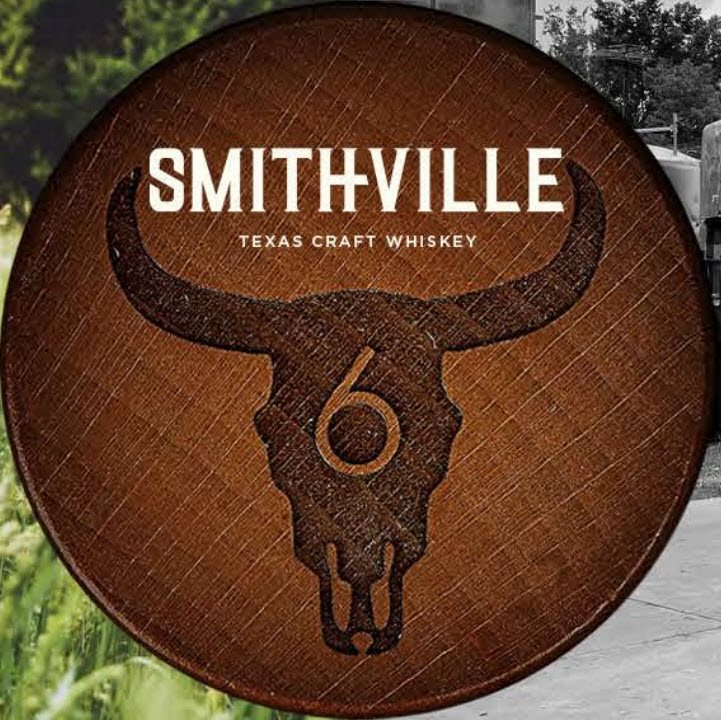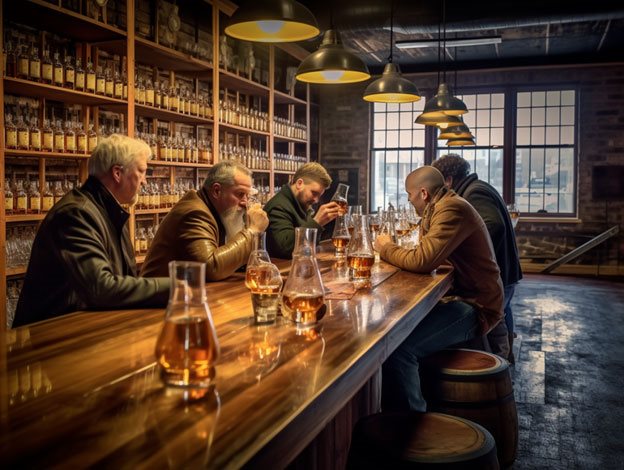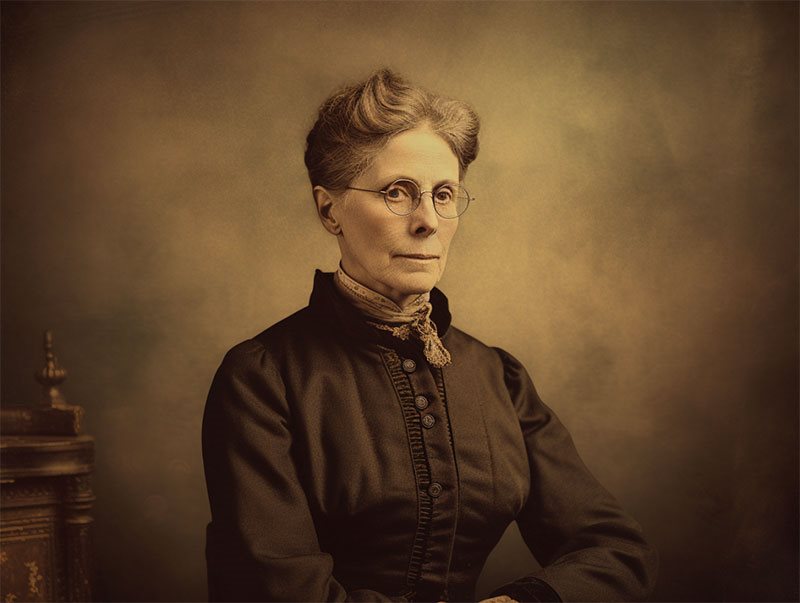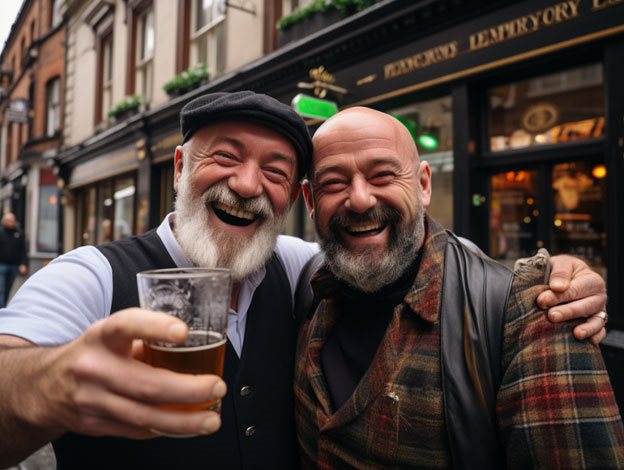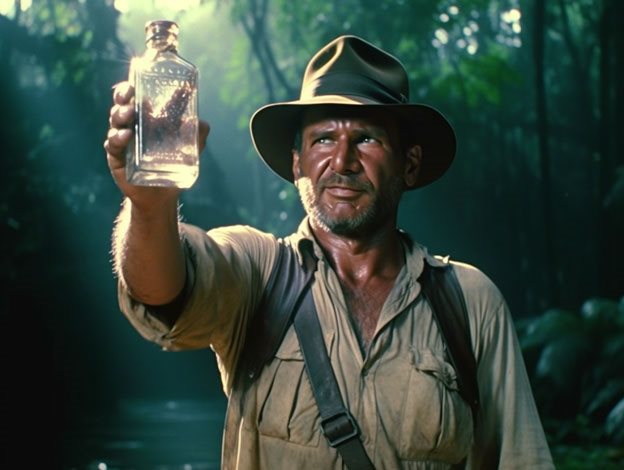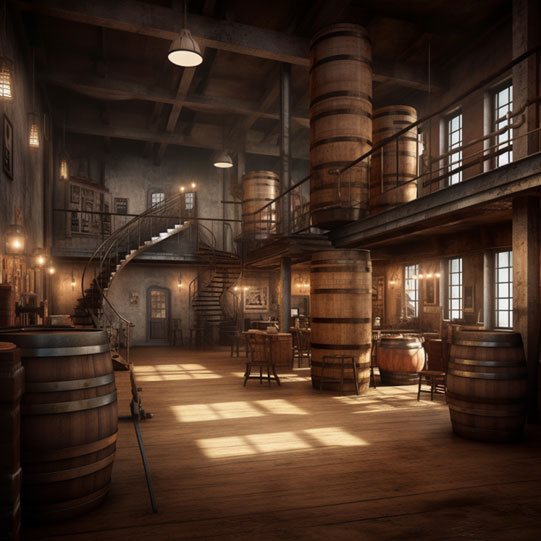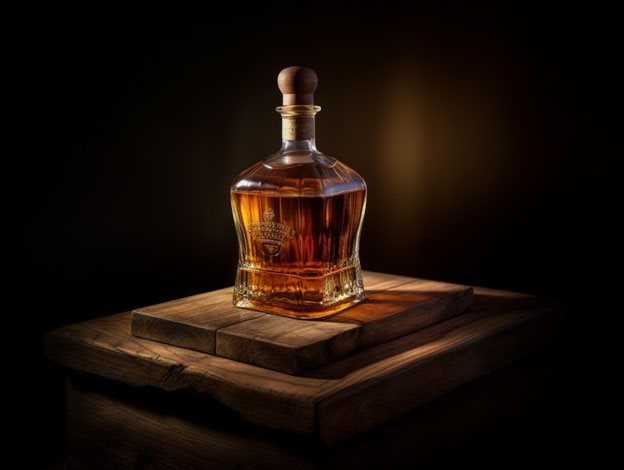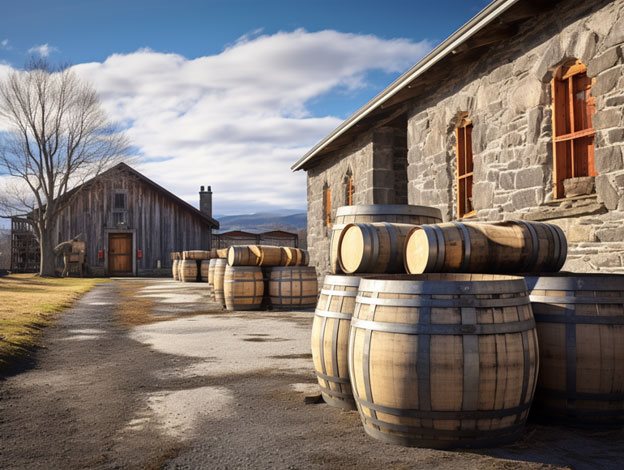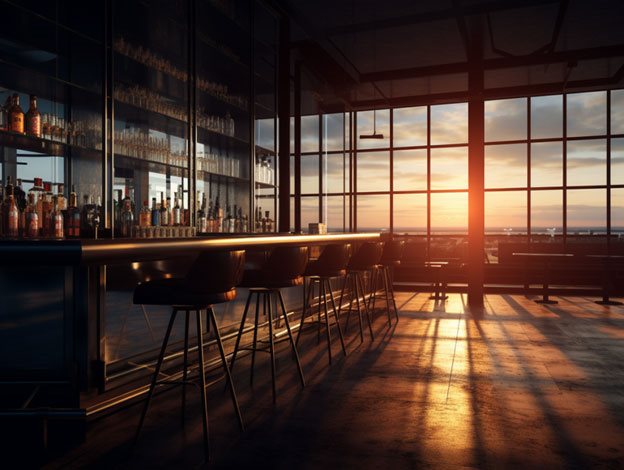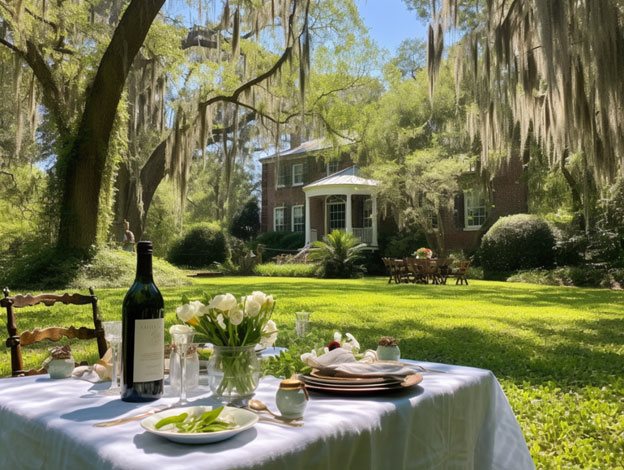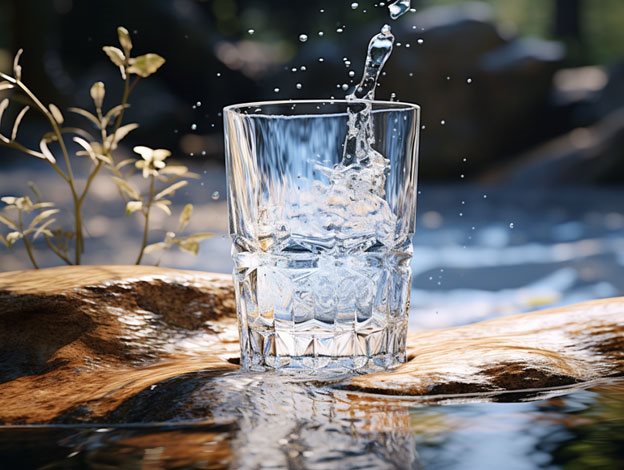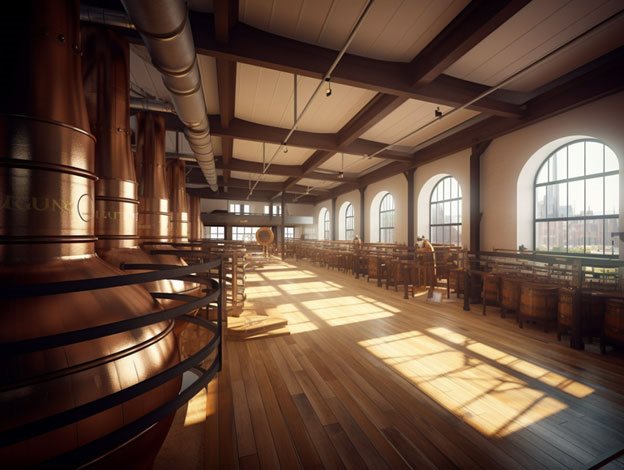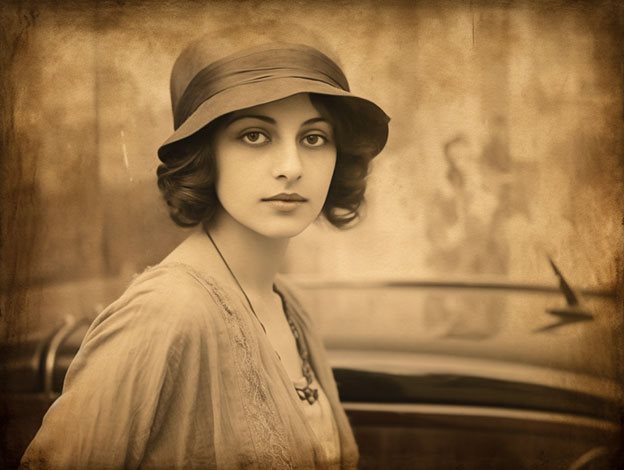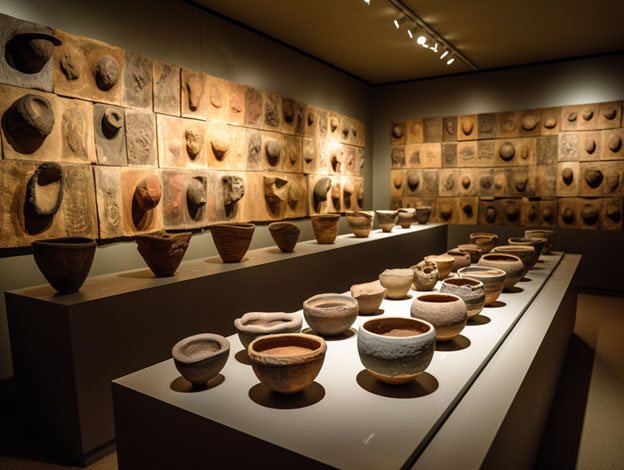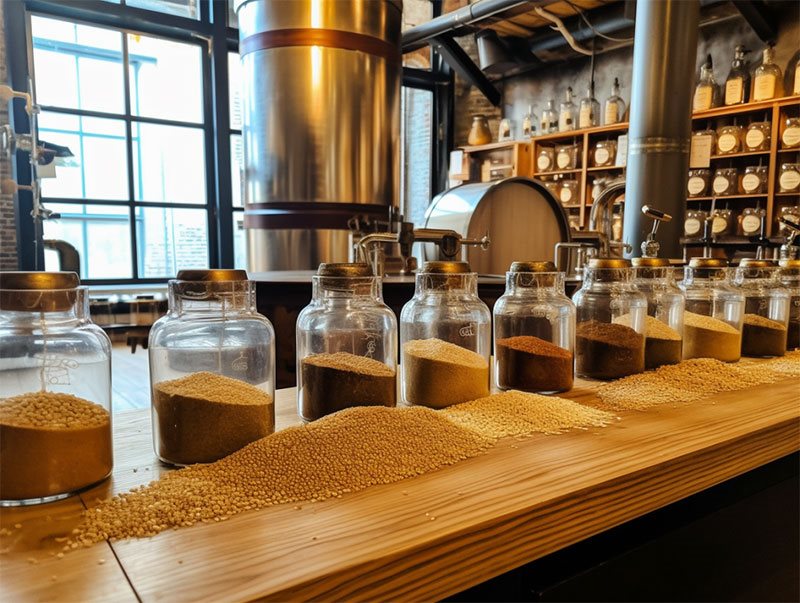Introduction
Whiskey, a distilled alcoholic beverage made from fermented grain mash, has a rich and fascinating history that dates back centuries. Its story traverses continents, cultures, and epochs, beginning in ancient times and extending into our modern world, where it continues to be enjoyed for its unique taste and time-honored tradition.
Early Beginnings
Whiskey's beginnings can be traced back to ancient civilizations. Distillation techniques were first developed around 2000 BC, primarily in the realms of perfume-making and medicine by the Babylonians, Mesopotamians, and later the Greeks and Romans. However, the production of distilled spirits didn't start until much later, around the 8th or 9th century AD, possibly first in Italy or the Middle East, before it was adapted for the creation of consumable alcohol.
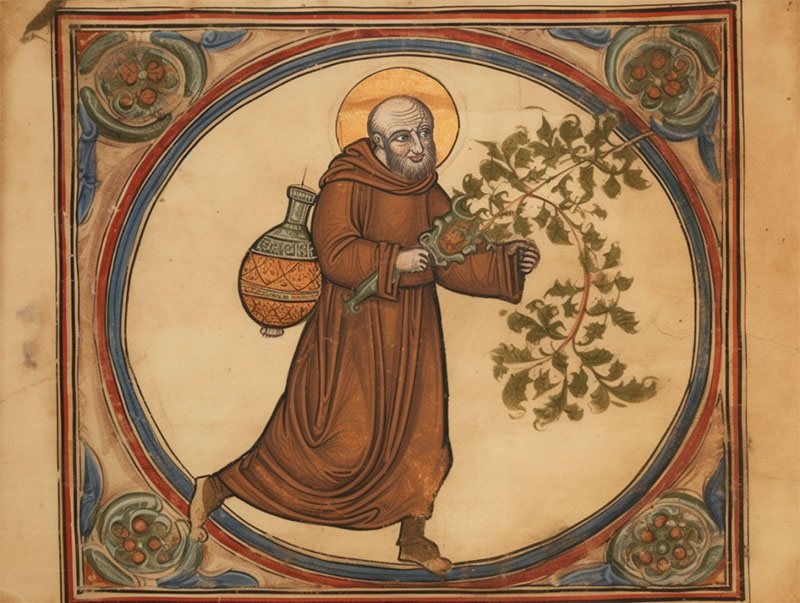
Whiskey in the British Isles
The techniques of distillation traveled across Europe, arriving in the British Isles, most notably in Ireland and Scotland, around the 11th century. The Irish word "uisce beatha" and the Scottish "uisge beatha", both meaning "water of life", were eventually anglicized to "usquebaugh" and later shortened to "usky", then finally becoming "whiskey".
The production of whiskey in these regions was initially a monastic activity. Monks, lacking vineyards to produce wine, turned to fermenting grain mash, resulting in the first distillations of modern whiskey. Following the dissolution of the monasteries in the 16th century, whiskey production moved into domestic settings.
During the late 18th century, the British government began taxing Irish and Scottish distilleries. Many distillers chose to go underground and produce their whiskey illegally, giving rise to a culture of home distilleries and moonshine.
The Journey to North America
Whiskey production crossed the Atlantic with the influx of Irish and Scottish immigrants during the 18th and 19th centuries. The new environment offered an abundance of fresh water and grains, particularly corn and rye, enabling whiskey production to flourish.
In the late 18th century, American whiskey production faced its first major challenge in the form of the Whiskey Rebellion. The US government imposed a tax on whiskey to help pay off the national debt from the Revolutionary War. This was met with violent opposition, especially from farmers in Western Pennsylvania who often turned their excess grain into whiskey.
Bourbon, a type of American whiskey, was born in the 19th century. Its name derives from Bourbon County, Kentucky, where it was first produced. The county, in turn, was named after the French royal family to honor France’s assistance during the Revolutionary War. Bourbon has specific legal requirements, such as being made in the USA, aged in new charred oak barrels, and made from a grain mix that is at least 51% corn.
The Dark Times: Prohibition and Wars
The early 20th century presented the dark era of Prohibition in the US (1920-1933), during which the production, sale, and transportation of alcoholic beverages were banned. While many distilleries closed down, a few were allowed to continue production for medicinal purposes. This period drastically affected the whiskey industry and it took years for it to recover even after the repeal of Prohibition.
In Europe, the two World Wars caused a similar disruption. Barley was needed for the war effort, leading to a decline in whiskey production. Irish whiskey, once a dominant force in the global market, particularly suffered due to trade complications arising from Ireland's neutrality during WWII.
Present Day Popularity
Today, whiskey enjoys a resurgence in popularity worldwide. The rise of craft distilleries, particularly in the US, has brought an array of styles and innovations, renewing public interest in this time-honored spirit. In Scotland and Ireland, traditional methods are revered and protected by law, ensuring a continuous production of high-quality whiskey true to its historic roots.
Innovations such as single malt and blended whiskeys, along with new aging techniques, have expanded the whiskey landscape. Whiskey tourism has also seen a rise, with aficionados traveling to historic and new distilleries to experience the process and taste the products.
From the ancient art of distillation to the monastic traditions of Ireland and Scotland, from the rugged settlers of North America to the global appreciation of today, the history of whiskey is a captivating journey. It's a story of resilience and adaptation, of art and science, of tradition and innovation. It’s more than just a beverage, it’s a testament to human creativity and persistence, a "water of life" that continues to flow through the annals of history.
